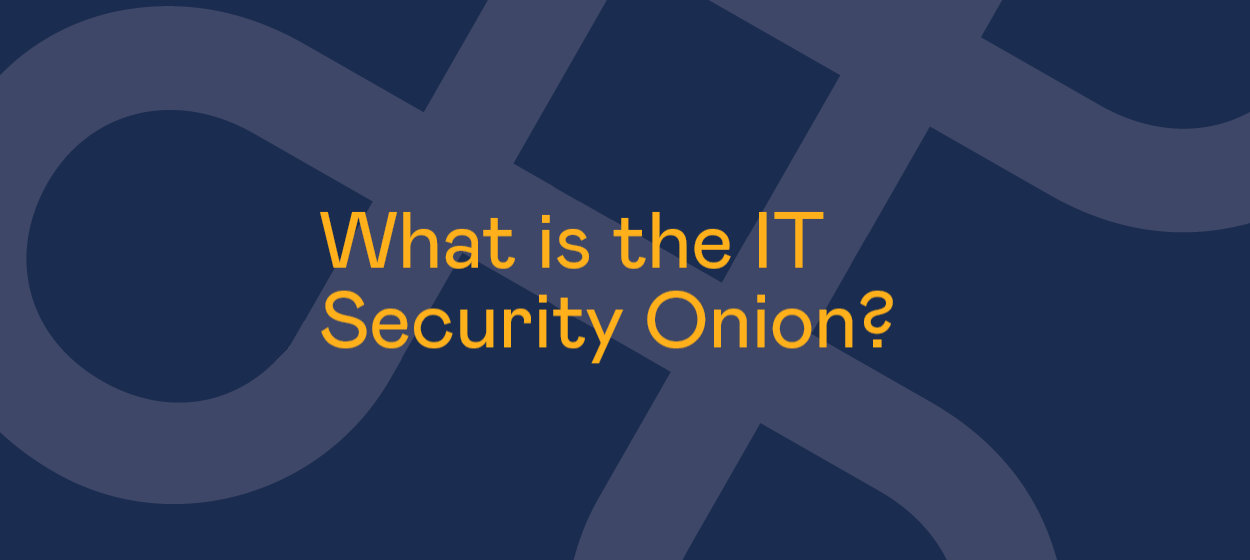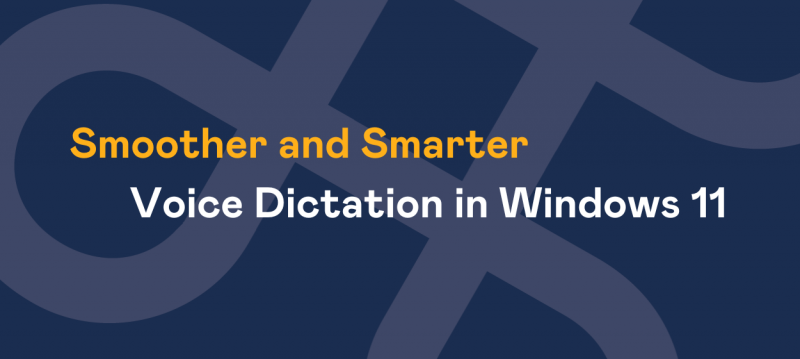Understanding the IT Security Onion: a simple guide to layered cybersecurity
When it comes to keeping your business safe online, you may have heard of the term ‘IT security onion’.
But what does it mean and why should it matter to you?
In essence, the IT security onion is all about protecting your business by using multiple layers of security. Just like an onion, each layer adds another level of defence.
In today’s world where no single measure can fully protect against all online threats, this layered approach to security has become a best practice in cybersecurity.
This article explains how the IT security onion works, why it’s essential and what each layer might look like for your business.
Why layers matter in cybersecurity
Think of each layer in the IT security onion as a barrier that stops potential cyber threats from reaching your valuable data, systems and people. If a cybercriminal bypasses one layer, there’s another in place to stop them.
A layered security approach also helps to protect against a variety of threats, from malware (malicious software) to phishing attacks (fraudulent messages designed to steal sensitive information).
For businesses, layered security offers peace of mind, making it far less likely that a single cyber event will have a serious impact.
Breaking down the layers of the IT security onion
Each layer in the security onion serves a specific purpose, creating a strong defence system when pieced together.
Here are some common layers your business might need to consider:
1. Network security: the outer layer
The outermost layer of the security onion protects the entire network that connects your company’s computers, devices and systems. Network security options can include firewalls (which block unauthorised access) and intrusion detection systems (which alert you to suspicious activity).
Example: network security is a bit like a locked gate around your building - only people with a key or valid credentials can enter.
2. Endpoint security: guarding each device
While network security protects the broader network, endpoint security is about securing individual devices, like laptops, desktops and mobile phones. This layer uses tools like antivirus software to prevent malicious programs from entering each device.
Example: endpoint security is like having guards who check each person or item entering the building, ensuring nothing harmful sneaks in.
3. Application security: protecting your software
Applications, such as email, accounting and customer relationship management (CRM) software, can also be targets for cyberattacks. Application security ensures that these tools are securely designed, preventing hackers from exploiting weaknesses in the software.
Example: think of application security as securing each room in your building. Only people with the right access can enter specific rooms, reducing the risk of unauthorised access.
4. Data security: safeguarding your information
At the heart of your business lies sensitive data, including financial information, customer records and employee details. Data security includes encryption (scrambling data so only authorised people can read it) and regular backups (copies of data stored in a secure location).
Example: data security is like locking away your most valuable possessions in a safe within your building. Only those with the right combination can access them.
5. Access control: limiting who can enter
This layer manages who can access different parts of your systems, ensuring only authorised users can view or edit sensitive data. Access control often involves multi-factor authentication (MFA), requiring users to verify their identity with additional steps, like entering a code sent to their phone.
Example: Access control is like issuing keycards to specific employees who are allowed into particular areas of the building, creating an additional layer of security.
6. Security awareness: training your team
One of the most powerful layers in the security onion isn’t technology, it’s people. Regular security awareness training helps employees recognise and avoid phishing emails, suspicious links and other cyber threats. Since many cyberattacks target employees directly, having a well-trained team is crucial to layered security.
Example: security awareness is like teaching everyone in the building to spot and report anything suspicious, creating a vigilant and prepared team.
Why layered security works
With multiple layers, each addressing a different type of risk, the IT security onion creates a robust defence that’s far more effective than relying on a single measure.
By working together, these layers can prevent, detect and respond to threats, giving your business a reliable shield against cybercriminals.
Getting started with layered security
Implementing a layered security approach might sound complicated but you don’t have to go it alone. A Managed Service Provider (MSP) like Affinity specialises in setting up and maintaining layered security measures that suit your business’s unique needs.
Our team will work with you to assess risks, implement necessary protections and monitor your systems around the clock, ensuring each layer of your security onion is doing its job.
For businesses of all sizes, a layered approach to security is a smart investment that offers peace of mind and long-term protection.
Ready to strengthen your IT security?
Understanding the IT security onion helps you appreciate the many ways your business can be protected from cyber threats.
If you’re ready to explore layered security and protect your business, contact the Affinity team today or read more about other ways we proactively support our clients at https://affinityit.co.uk/it-support-managed-services.



